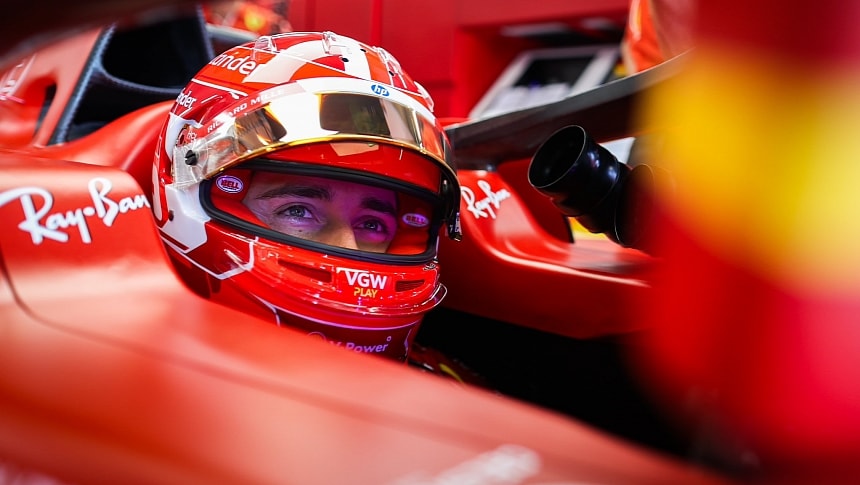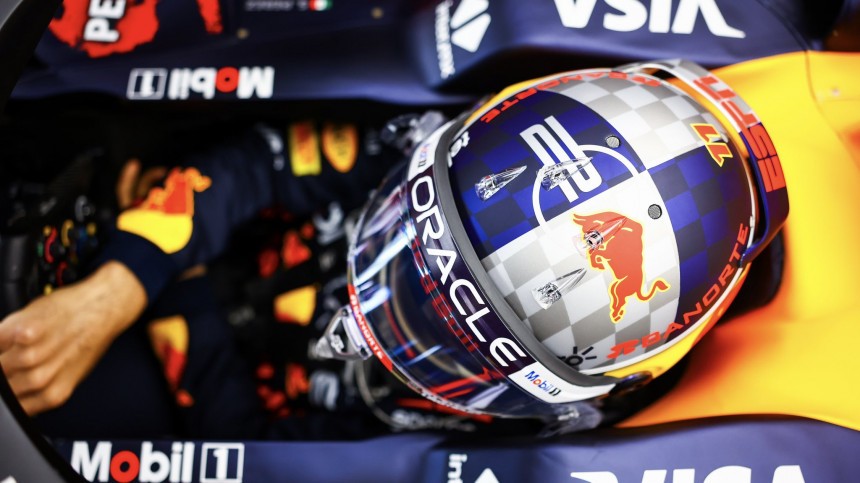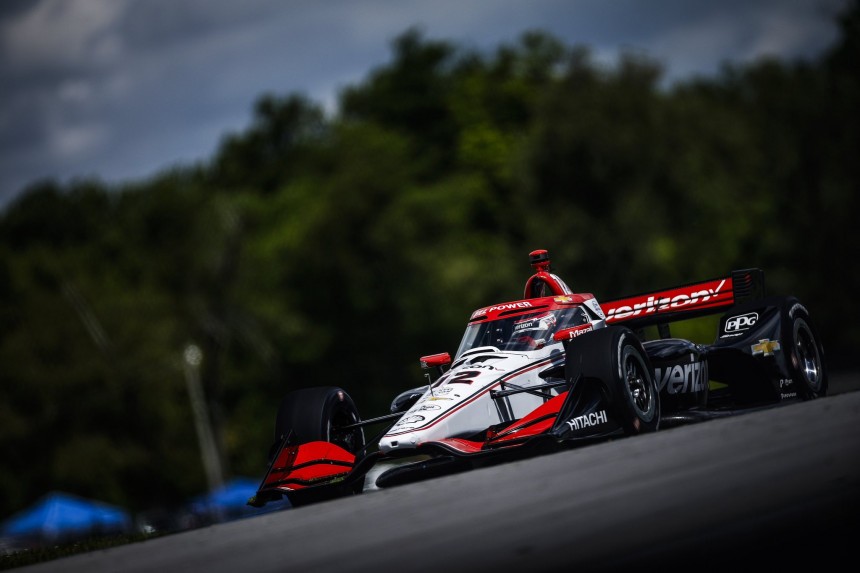The FIA will trial a new onboard in-cockpit air conditioning system designed to prevent a repeat of the events that marred the 2023 Qatar Grand Prix.
Last October's Qatar GP at the Losail circuit took place in intense heat. Temperatures throughout the weekend failed to drop below 35 degrees Centigrade, with temperatures inside the cockpit hitting 60 degrees. Several drivers fell ill during the race, with Logan Sargeant retiring on lap 42 because of heatstroke.
Other incidents during the race included Esteban Ocon vomiting inside his helmet and Lance Stroll going in and out of consciousness during the 57-lap GP. The Canadian was later seen gingerly walking to an ambulance after the chequered flag.
In the aftermath of the weekend, several drivers believed they had reached the limit of what they could endure in races and spoke of the dangers of the conditions with the high speeds a modern F1 car can produce.
For 2024, the Qatar GP has been moved from October to December and will be the penultimate race of this year's championship.
In the wake of the Qatar GP, the FIA implemented a new regulation for 2024 that allowed teams to use a second passive scoop on the nose of the car to improve airflow. The new air conditioning system, which will be trialed during the Dutch GP weekend at Zandvoort, is designed to cool drivers during races held in extreme heat.
The drivers' fitness will be tested again during Sunday's Hungarian GP. With temperatures expected to hit the high 20s on race day, the 70-lap race will likely be one of the toughest of the season.
"Initial tests and in-situ proof of concept are planned to take place in Zandvoort and upcoming races," said an FIA spokesman. "If these tests prove successful, the FIA will mandate the installation of such an active cooling system in Formula 1 cars in the future when a heat hazard has been declared.
"With the Hungarian GP expected to take place in hot conditions this weekend, the FIA will monitor the situation and ensure driver cooling passive scoops are installed. Additionally, teams will be authorized exceptional measures to cool down driver equipment and survival cell as much as possible before sessions."
F1 isn't the first series to introduce a in-cockpit cooling system for its drivers. IndyCar introduced the aeroscreen in 2020 to protect drivers from head and neck injuries. The aeroscreen developed in conjuction with Red Bull Advanced Technologies consists of a PPG laminated polycarbonate windscreen held by a titanium frame and covers the cockpit area of the Dallara DW12. A side-mounted cooling duct fastened to the rear of the aeroscreen would feed air through to the driver's helmets.
The areoscreen can withstand flying debris exceeding 220mph and has already protected drivers from suffering grave head injuries, which might not have been possible with a traditional open cockpit. During practice for the 2022 XPEL 375 at Texas Motor Speedway, Callum Ilott avoided serious injury after a flying pushrod from Jack Harvey's crashed car glanced off his aeroscreen.
With most of the series' races taking place during the summer, IndyCar teams were allowed to install a second cooling duct to the front of the aeroscreen not long after it's competition debut, with the driver getting preference as to where he or she would like to place the cooling device.
For 2024, the aeroscreen has been revised, with more cooling vents added to improve driver ventilation, including a top front duct that conducts air into the driver's chest. The extra vents were allowed after drivers spoke about the need for more cooling, with body temperatures hitting around 100 degrees Fahrenheit during a race.
Other incidents during the race included Esteban Ocon vomiting inside his helmet and Lance Stroll going in and out of consciousness during the 57-lap GP. The Canadian was later seen gingerly walking to an ambulance after the chequered flag.
In the aftermath of the weekend, several drivers believed they had reached the limit of what they could endure in races and spoke of the dangers of the conditions with the high speeds a modern F1 car can produce.
For 2024, the Qatar GP has been moved from October to December and will be the penultimate race of this year's championship.
How will it work?
The drivers' fitness will be tested again during Sunday's Hungarian GP. With temperatures expected to hit the high 20s on race day, the 70-lap race will likely be one of the toughest of the season.
"Initial tests and in-situ proof of concept are planned to take place in Zandvoort and upcoming races," said an FIA spokesman. "If these tests prove successful, the FIA will mandate the installation of such an active cooling system in Formula 1 cars in the future when a heat hazard has been declared.
"With the Hungarian GP expected to take place in hot conditions this weekend, the FIA will monitor the situation and ensure driver cooling passive scoops are installed. Additionally, teams will be authorized exceptional measures to cool down driver equipment and survival cell as much as possible before sessions."
IndyCar's cooling solution
The areoscreen can withstand flying debris exceeding 220mph and has already protected drivers from suffering grave head injuries, which might not have been possible with a traditional open cockpit. During practice for the 2022 XPEL 375 at Texas Motor Speedway, Callum Ilott avoided serious injury after a flying pushrod from Jack Harvey's crashed car glanced off his aeroscreen.
With most of the series' races taking place during the summer, IndyCar teams were allowed to install a second cooling duct to the front of the aeroscreen not long after it's competition debut, with the driver getting preference as to where he or she would like to place the cooling device.
For 2024, the aeroscreen has been revised, with more cooling vents added to improve driver ventilation, including a top front duct that conducts air into the driver's chest. The extra vents were allowed after drivers spoke about the need for more cooling, with body temperatures hitting around 100 degrees Fahrenheit during a race.







